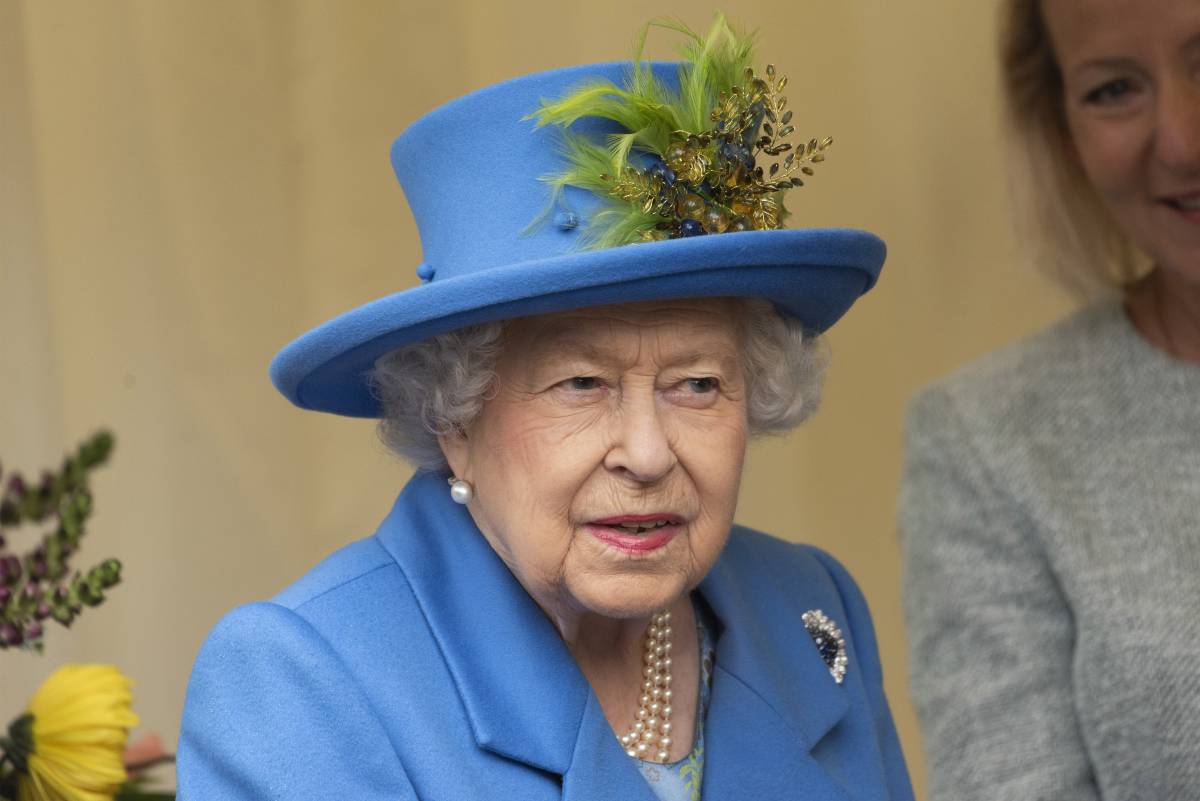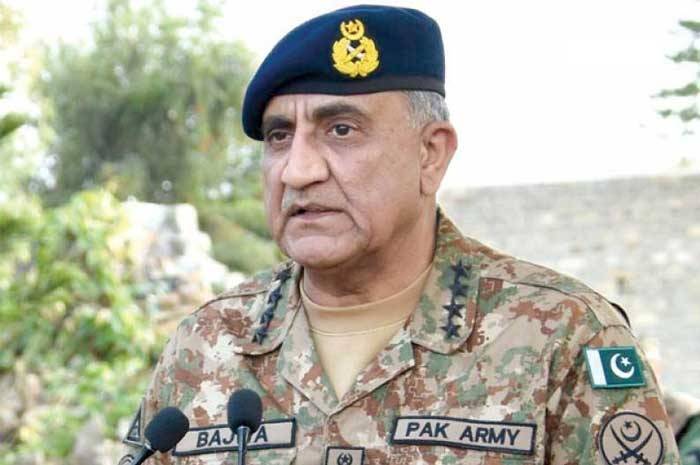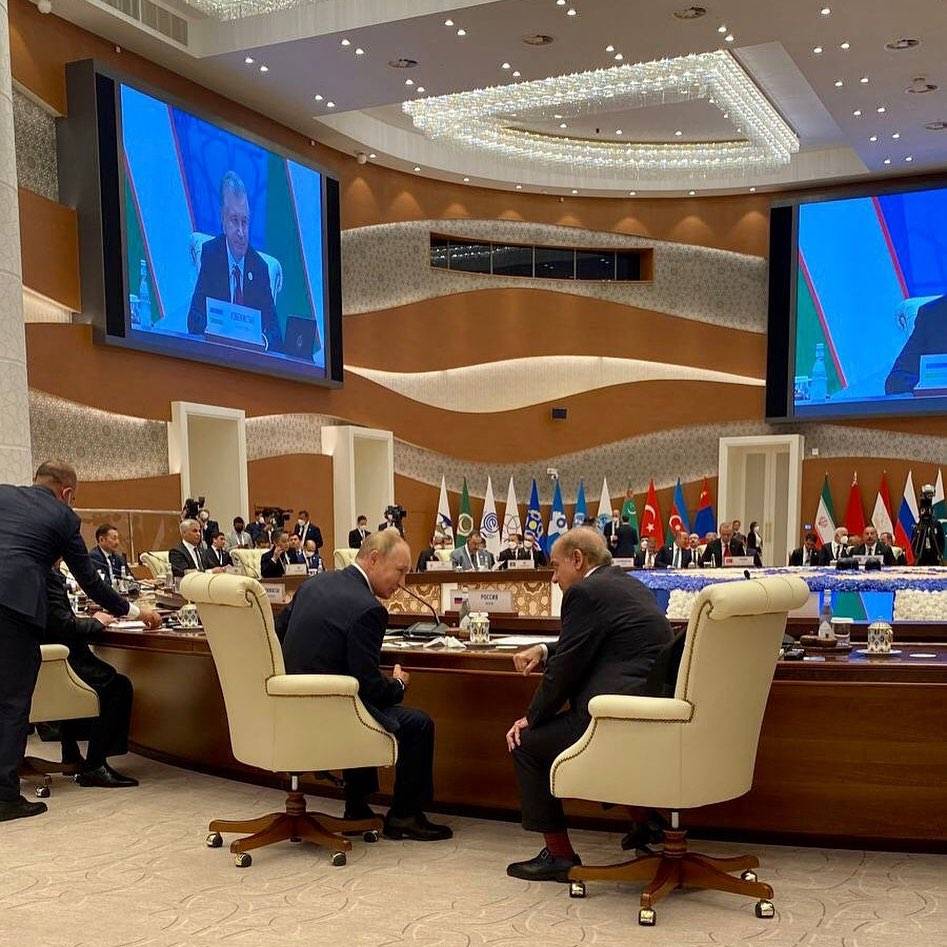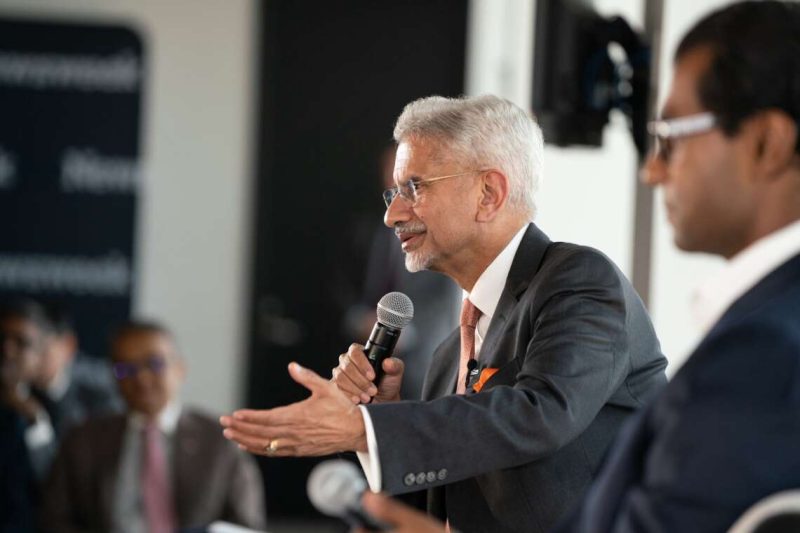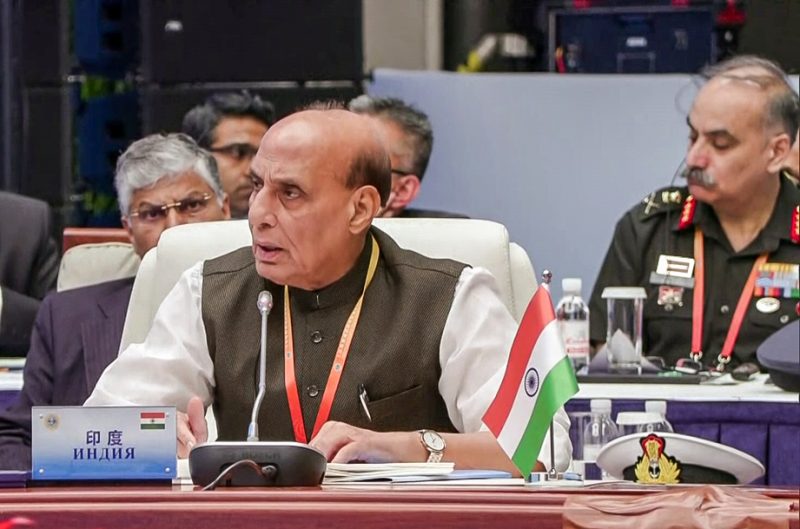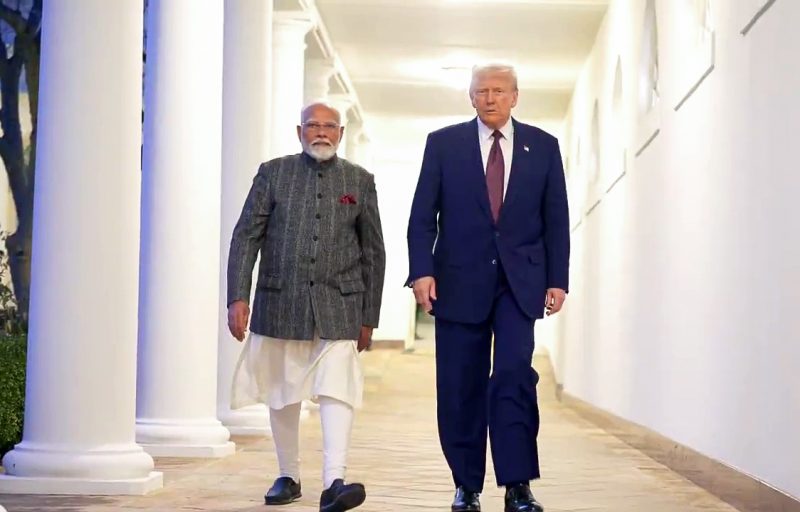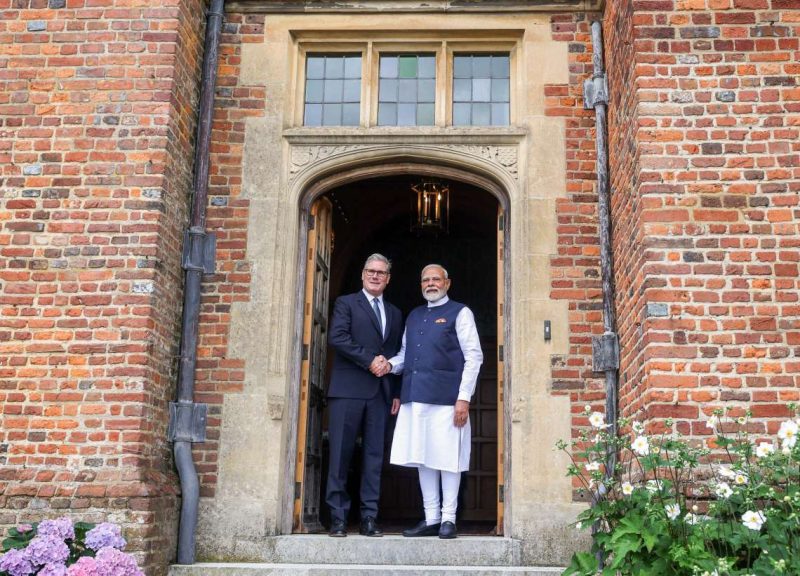India and England have a long and often complicated history together shortly after Indian independence. Here’s the excerpt of the interview with Dr Elizabeth Norton, a royal historian, specialising in the queens of Britain. Dr Norton has written widely on the British monarchy, including ‘England’s Queens: The Biography’, ‘The Lives of Tudor Women’, ‘The Temptation of Elizabeth Tudor’ and ‘Elfrida: The First Crowned Queen of England’. A graduate of the University Cambridge and then the University of Oxford. Asian Lite’s Khushboo Agrahari meets Dr Elizabeth Norton to know more about the ‘People’s Queen’
KHUSHBOO AGRAHARI: The late Queen Elizabeth II cherished the “warmth and hospitality” she received from India during the visits over the course of her reign which she quoted as an inspiration to her country. How will the death impact Britain’s relationship with India?
DR NORTON: The Queen always had a special affection for India, with India and Britain enjoying a close relationship over the course of her reign. She made three state visits to India, in 1961, 1983 and 1997, in which she drew large crowds. It is to be hoped that King Charles will continue to foster close relations with India. Certainly, as members of the Commonwealth, the two nations continue to have a connection.

KA: The Queen has a home for just about every occasion (Balmoral for the summer, Sandringham for Christmas…). Some of these properties came with the title, while others came from inheritance. Tell us about the Queen’s royal and private dwellings.
DR NORTON: The Queen had a number of residences. Buckingham Palace is, of course, the monarch’s official London residence, as it has been since the reign of Queen Victoria. The Queen actually preferred to spend her time at nearby Windsor Castle, which is the oldest inhabited castle in the world. Her summers were spent at Balmoral, which was the highland residence purchased by Queen Victoria and Prince Albert. For Christmas, the Queen would usually be at Sandringham in Norfolk, where she was such an important part of the community that she was a member of the local Women’s Institute.
KA: The Queen and her lifelong passion for animals – from a dynasty of corgis to victorious racehorses. Tell us something about her deep appreciation for the animal world that continued into her adult life.
DR NORTON: The Queen was always known as an animal lover. She was a patron of over 400 charities, many of which concerned animal welfare. The Queen was given her first corgi, named Susan, as a gift on her eighteenth birthday. She would go on to have over thirty corgis during her lifetime, many of which were descended from Susan. She also adored horses and could be seen out riding well into her nineties.
KA: Queen Elizabeth was considered a fashion icon throughout her life and reportedly owned some of the most expensive jewellery in the world. Are you aware of the fact that she owed a special iconic ornament gifted by the Nizam of Hyderabad for the queen’s wedding in 1947?
DR NORTON: The Queen was indeed considered to be a fashion icon, with many women trying to emulate her clothing and look in the early years of her reign. She was often glittering with diamonds, and none of her jewels were more dazzling than a fabulous diamond and platinum necklace were given to her as a wedding gift from the Nizam of Hyderabad in 1947. The necklace has an abstract floral design and is immediately eye-catching, with over 300 diamonds. As well as wearing it regularly herself, the Queen was generous with her necklace, lending it to her granddaughter-in-law, Catherine, the new Princess of Wales, in 2014, for example.
KA: The Queen had to prove herself to Churchill and had difficult relations with Thatcher. What are some of her successes and failures in maintaining the monarchy throughout her seven decades of reign with several Prime Ministers from Churchill to Boris Johnson?

DR NORTON: Churchill was very concerned about the Queen’s accession, seeing her as too young, too shy and too inexperienced. He soon changed his mind, however, and she was undoubtedly the monarch of whom he thought most highly. With Margaret Thatcher, the Queen was much more assured of herself as monarch, with the two leaders having a frosty, but a respectful relationship. Of all her prime ministers, the Queen only attended Churchill and Thatcher’s funerals, demonstrating the way she perceived their importance. The Queen has enjoyed varying relationships with her fifteen prime ministers, but it is a testament to her understanding of her role as constitutional monarch that she never attempted to impose her own views on the government.
KA: She was the only monarch most Britons have ever known, and her name defines age: the Modern Elizabethan Era. The past 70 years might not feel golden, but they were an age. How would you define her age?
DR NORTON: It is certainly the end of an era, and I think there is a real sense of this in Britain today. Very few people can remember a time before the Queen’s reign. While claims of a New Elizabethan Age that were made at the start of the Queen’s reign were perhaps overblown, there is no doubt that the Queen has been a steady and stabilising presence during her seventy years on the throne and will be sorely missed. It is an age that can be defined as one of great change, but also one of great stability – provided by the Queen as head of state.
KA: The Queen was known for her strong relationships with other women in the Royal Family. Could tell us about her relationship with Princess Diana to Kate and Meghan?
DR NORTON: The Queen built strong female friendships throughout her life. She also welcomed four daughters-in-law, as well as the wives of her grandsons, into the family. It is by no means easy joining the royal family and, in spite of the welcome from the Queen, it often proved difficult for brides to adapt to the change. The Queen’s relationship with Princess Diana, as the princesses’ marriage deteriorated, became tense at times, particularly with the decision to strip Diana of her title of ‘HRH’. Meghan, too, has very much struggled with the transition to royalty, deciding instead to take a step back from royal duties. The Queen seemed to have a much closer relationship with Kate, who will of course one day become queen consort. It is clear that Kate models her quiet, dutiful persona on the Queen.

KA: The year 1992 was dubbed as “annus horribilis” by the Queen which was perhaps the lowest point of her reign, a year of royal scandal and turmoil when public opinion turned against the royals. Tell us more about it.
DR NORTON: 1992 was the lowest point of her reign as far as the Queen was concerned. That year saw a devastating fire at Windsor Castle, which destroyed the state apartments and much of the fabric of the building. It was also the year in which there were significant marital troubles for the Queen’s children. The Queen was always opposed to divorce and was upset by the divorce of her daughter, Princess Royal from Mary Phillips, as well as the separation of her son and daughter-in- law, the Duke and Duchess of York. There was also trouble in Charles and Diana’s marriage, with public claims made of the Prince’s infidelity. It was undoubtedly the worst year in the Queen’s life.
KA: Queen Elizabeth’s life was full of unique events and moments, but none compare to those she lived with the man who stole her heart from her youth. Prince Philip was the only love of her life. How would you define that flame of love of the Royal Couple?
DR NORTON: Elizabeth and Philip’s relationship was a great if understated, romance. They were devoted to each other and provided mutual support, with Philip undoubtedly the Queen’s rock. Much of the strength of their relationship was based on just how well they knew each other, with their relationship lasting more than eighty years. Elizabeth and Philip first met when Elizabeth was thirteen and went with her parents to visit the Royal Naval College at Dartmouth, at which Philip was a cadet. Philip was five years older than Elizabeth and handsome. He made an impression on her at their first meeting, with the Queen’s governess, Marion Crawford, later recalling that the pair played with trains together at their first meeting, before sharing ginger crackers and lemonade. They then went to the tennis courts where, as Crawford recalled ‘he showed off a good deal, but the little girls were much impressed. The Queen never took her eyes off him and spent the rest of the day in Philip’s company. The pair wrote to each other throughout the war and it was clear that the Queen was attracted to him. Finally, they were given permission to marry.
KA: Do you think Queen Elizabeth II was a selfless monarch who made Britain proud? Is Prince Charles’s accession to the throne different from his mother’s? How does the British monarchy’s line of succession work?
DR NORTON: As a young woman, Queen Elizabeth II vowed to do her duty, and she undoubtedly fulfilled this, remaining an active monarch until only two days before her death aged 96. She represented Britain on the world stage and undoubtedly made her country proud. Elizabeth II’s accession back in 1952 came as a shock, with the Queen actually visiting Kenya when she received the news of her father’s death. Charles’s accession, on the other hand, has been expected for some time, although the speed of the Queen’s decline has been surprising. Charles, as the eldest son of the reigning monarch, was raised to become king. Until recently, the British succession prioritized men, meaning that if the Queen had had a younger brother, he would have become monarch instead of her. However, just before the birth of Prince George in 2013, this was amended to give girls equal succession rights. In spite of this, the next two heirs to the throne after Charles are male.

KA: In the current sea of crises afflicting Great Britain, would the queen’s departure from the scene make all those traumas worse? What are the challenges for Charles going forward?
DR NORTON: Charles has become king at a very difficult time for Great Britain. Liz Truss, the new Prime Minister, was only appointed two days before the Queen’s death and has not had a chance to fully constitute her government, while the cost of living crisis and the war in Ukraine continue to pose major challenges. The Queen always provided stability in time of trouble and this is something that King Charles will need to attempt to emulate. The monarch plays no direct role in government policy, but as the head of state people look to them for guidance and support. Taking on this role is crucial to Charles’ future reign.
KA: The Koh-i-Noor Diamond, which means “Mountain of Light” in Persian, is said to carry a lethal curse. The accursed diamond came into possession from India’s alluvial mine based at Kollur in Andhra Pradesh during the period of the Kakatiya dynasty thousands of years ago. How do you think this cursed gem affected the Royal family?
DR NORTON: The Koh-i-Noor Diamond is currently set into the crown of the Queen Mother, which was made for the Queen’s mother for her coronation. It seems unlikely that the curse harmed the Queen Mother since she lived until the age of 101. It is likely that this crown will be used at the coronation of King Charles for his wife, Queen Camilla, so it remains to be seen whether she too will be immune from the curse.


